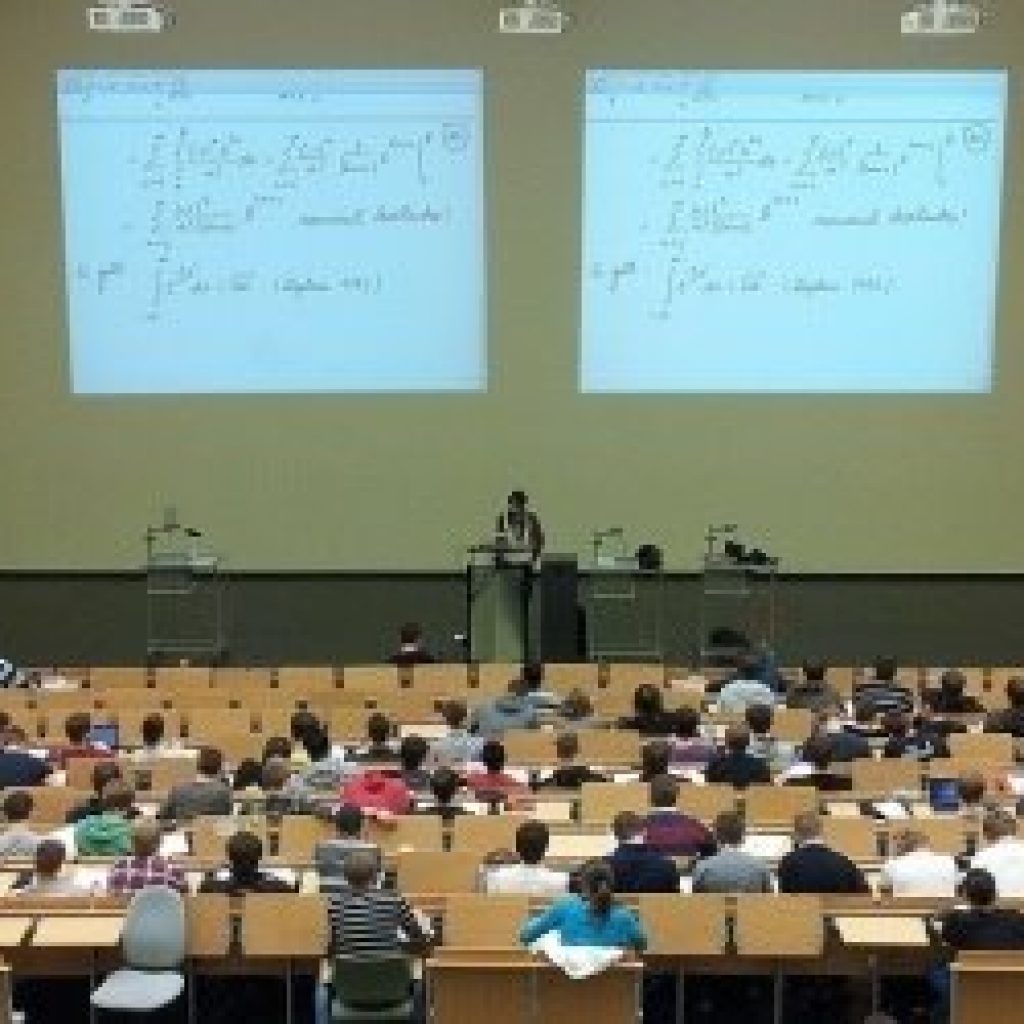(PhysicsToday) NSF and the White House Office of Science and Technology Policy assembled an interagency working group to develop Key Concepts for Future Quantum Information Science Learners in 2020. This was a workshop in which researchers and educators identified core concepts for QIST training, such as qubits, quantum measurement, entanglement, quantum computing, communication, and sensing. Identifying and building educational resources based on those core concepts will help K–12 and college students become quantum literate and join the growing quantum science and engineering workforce. One challenge in teaching QIST is that there is no common curriculum, in large part because the field is highly interdisciplinary and relatively new. At a conference in February funded by NSF, educators across academia and industry reflected on the urgent need for bachelor’s degree programs, courses, and curricular materials for quantum information science and engineering.
Interdisciplinary bachelor’s and master’s programs are being developed at universities across the US and Europe. Those programs are based in physics departments, engineering schools, and interdisciplinary centers. Nearly all the programs have at least one course specifically focused on quantum computing or information. Such courses can rely on traditional textbooks, such as those by Michael Nielsen and Isaac Chuang, N. David Mermin, or Benjamin Schumacher and Michael Westmoreland, or can be designed around resources such as the open-source Qiskit textbook or other interactive textbooks.
Courses on quantum computing and information are invariably surrounded by a host of supporting courses designed to meet the highly interdisciplinary demands of QIST. Those classes cover topics such as programming or computer science foundations, linear algebra, or electrical engineering. Other courses span topics outside core QIST areas or delve into applications related to materials science, chemistry, drug design, machine learning, forecasting, communication, and sensing. The required levels of experience in labs, internships, and hands-on projects can depend on the emphasis of the program.
Thus far, research on the effectiveness of QIST-related courses, curricula, and pedagogies has been limited in scope.
In addition to providing students with in-house research experiences in individual faculty labs or in capstone courses, postsecondary educators should consider partnering with companies and national laboratories to give students internship and networking opportunities. The Quantum Economic Development Consortium, for example, connects students with full-time QIST jobs in companies and national labs. Those opportunities can get students excited about QIST careers and give them a well-rounded understanding of what it is like to work in the field in a nonacademic setting.
Partnership between academia and industry can also be immensely helpful for developing degree programs, courses, and curricula that balance academic rigor with the practical needs of the workplace. Since 2016, IBM Quantum has made its superconducting quantum computers available to the public, and that access enables an interactive approach to QIST education. Newcomers and experts from around the world can use a free cloud-based interface to run quantum programs on hardware that is located and maintained in a central facility. Other hardware platforms, such as IonQ’s ion trap–based quantum computer, offer similar cloud-based interfaces.
Preparing Students to be Leaders of the Quantum Information Revolution
